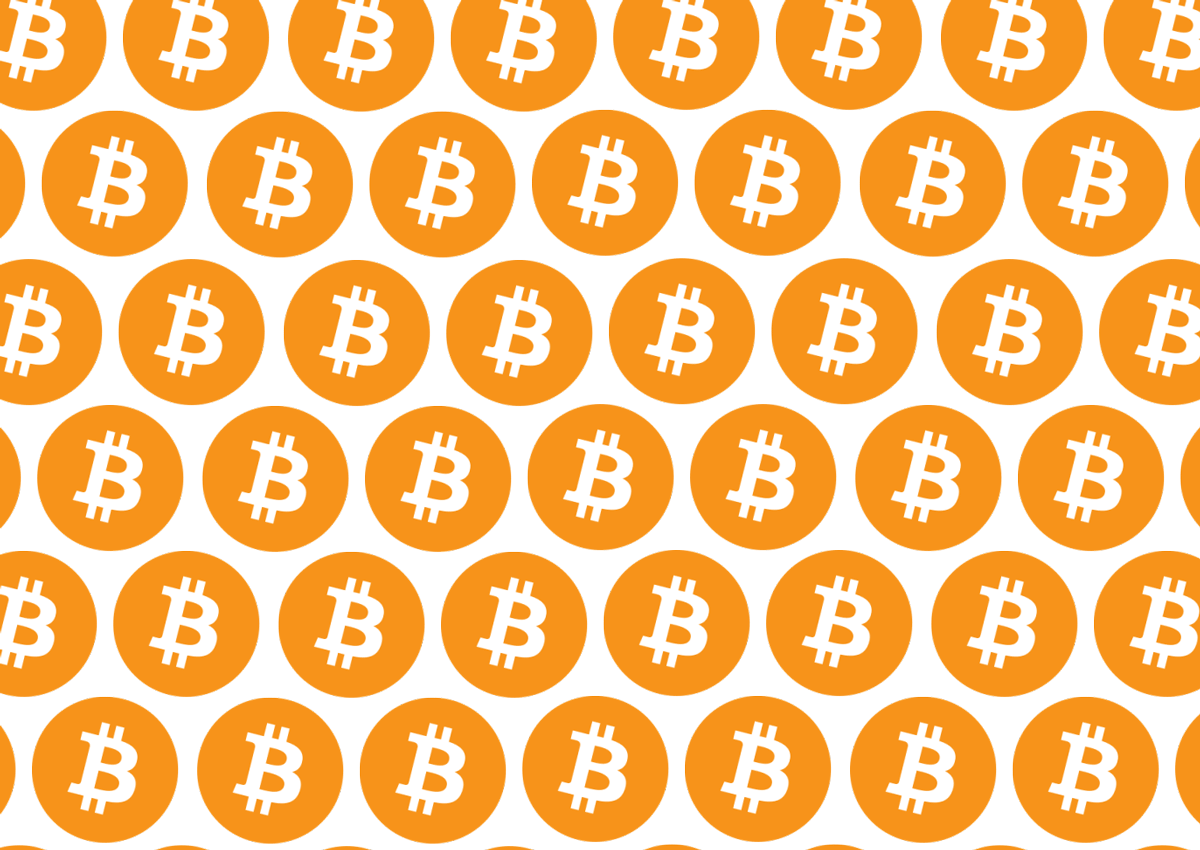
Cryptocurrency is confusing! Learn how to get your start with bitcoin as we teach you to buy and store your coins, as well as understand where the worlds biggest digital currency gets its value.
What is a bitcoin? You may have noticed some of the attention the news media has been giving bitcoin and its parabolic price swings recently. But what is it? Bitcoin is known as a cryptocurrency, or as dictionary.com defines, a "digital currency or decentralized system of exchange that uses advanced cryptography for security".

Bitcoin currency is operated on a decentralized computer system called a blockchain by large computer systems called miners. I know I probably lost some of you so here is a fun video that explains the blockchain and its operators. It touches briefly on how even if bitcoin fails, this revolutionary technology could be used in the future.
Where Does Bitcoin’s Price Come From?
The value of bitcoin continues to rise and fall and because its value isn’t backed by revenue, like a typical stock, its price continues to confuse people. Bitcoin gets its value through a few different avenues: supply and demand, adoption, and speculation.
Supply and Demand
The first and most important way bitcoin is valued is through supply and demand. This basic economics principal was learned in a grade school. If supply exceeds demand the price will fall. That being said, the opposite is true. If the demand for bitcoin exceeds the supply, the price rises due to people’s willingness to pay more. All other factors that influence bitcoin’s price ultimately boil down to their effect on supply and demand.
Usage and Adoption
Another reason bitcoin has such a high value is simply because people use and accept it as a form of payment. We here at ThoughtLab have recently begun accepting bitcoin and other cryptocurrencies as a form of payment, and while it hasn't been without its difficulties, it has been fun and has excited our team. As more companies begin to accept bitcoin the more usable the currency becomes, thus increasing demand.
Speculation
This leads us to speculation. Currently, there are only a handful of businesses which accept bitcoin, and it is a common belief in the crypto community that large companies like McDonalds and Amazon will eventually start to accept cryptocurrencies like bitcoin in the future. This would lead to mass adoption spiking the demand, and therefore the price of bitcoin.
How to Buy Bitcoin
So now you know what bitcoin is and some of the factors affecting the prices, but how can you buy some? To buy bitcoin, you must first have some sort of fiat currency whether it be an American dollar, Euros, or another currency. Once you have some money set aside, you are ready to start!
Bitcoin is bought on an exchange, much like stocks listed on the stock market. To buy from a crypto exchange, you first have to set up an account, verify your identity, and deposit funds. This can take between three to five business days. Be prepared to prove your identity with a government issued ID and bank statement. Once you have an account set up with an exchange, you need to set up a payment method to deposit funds, then you’re all set!
Recommended Exchanges
Right now, we recommend using Robinhood or Coinbase as your exchange because of their user-friendly interface and easy access to the most popular cryptocurrencies. However, technology changes every day and these exchanges may not be the best option in a year or so from now.
As of today, ThoughtLab is currently working on a peer-to-peer cryptocurrency exchange for a customer that we’re very excited about. If you are considering using another exchange, do your own research and be careful to select a reputable company as the wrong choice could result in the loss of your coins.
Storing Your Bitcoin
Once your bitcoins are purchased, you need a secure place to put them all. There are a few different ways to store your coins such as hot wallets (online) and cold wallets (offline). Hot wallets include desktop, mobile and exchange wallets, while cold wallets are limited to hardware and paper wallets. Traditionally speaking, cold wallets are the safest way to store your coins, but we’ll describe the pros and cons of each below.
Exchange Wallets
Robinhood and Coinbase both offer hot wallets for all the currencies they sell. A hot wallet is a wallet that is in some way connected to the internet. These wallets are a convenient way to store your coins while building a position, but they are not the safest long-term option.
Mobile Wallets
The mobile wallet, like all other wallets, has pros and cons. The nature of this wallet being on a phone leaves it vulnerable to hacking and theft. What it lacks in security it makes up in convenience and portability. Our recommendation is to treat your mobile wallet the same way you treat your bi-fold or purse. Only keep as much money as you need in your mobile wallet, and keep your phone safe.
Desktop Wallets
Desktop wallets, like the mobile wallets, can be nice because of their accessibility and simplicity. However, just like the mobile wallet, if your computer is compromised, your wallet can by irreversibly drained. Often times there is no password protecting your desktop wallet and although it is possible to hide it deep in a folder, all it takes is a simple search of the computer.
Paper Wallets
A paper wallet is a physical piece of paper you can print with all the information necessary to access your coins at a later date. Paper wallets are a popular choice because they are completely disconnected from the internet and therefore not vulnerable to hacking. Unfortunately, they are made from standard printer paper, and therefore vulnerable to being lost and getting destroyed. To combat this, most crypto users keep their paper wallets in a personal fireproof safe or safety deposit box.
The information on your paper wallet will include a bitcoin address and a private key. The bitcoin address is what you give to anyone you plan to receive bitcoin from. This address is safe and secure to share. In contrast, your private key is not safe to share as it grants access to your bitcoin or alt coins to whoever holds it. It is very important that you don’t show or send this to ANYONE.
An example of a paper wallet can be seen below. You'll notice that we have blurred out our private key for obvious reasons. This wallet was created using bitaddress.org.

Hardware Wallets
Another safer form of cold storage, as mentioned earlier, is the hardware wallet. The most popular hardware wallet out right now is the Ledger Nano S. This wallet offers a compact and durable design along with simplicity in the software that is downloadable. The Nano S takes the pressure off as it keeps track of the private keys and maintains a running balance of your crypto account.
Never Delete a Wallet
It is not a bad idea to have each of these wallets since all of them have a number of benefits. With that being said, it’s best to distribute your funds properly and only allocate a responsible amount to the wallets that are less secure. Another pro tip is never to delete a wallet. Even Satoshi Nakamoto, the pseudonym of the being that created bitcoin, stated, "You should never delete a wallet."
We hope you enjoyed this post and learned a little bit in the process. We encourage you to forward to a friend if you think they could benefit!

